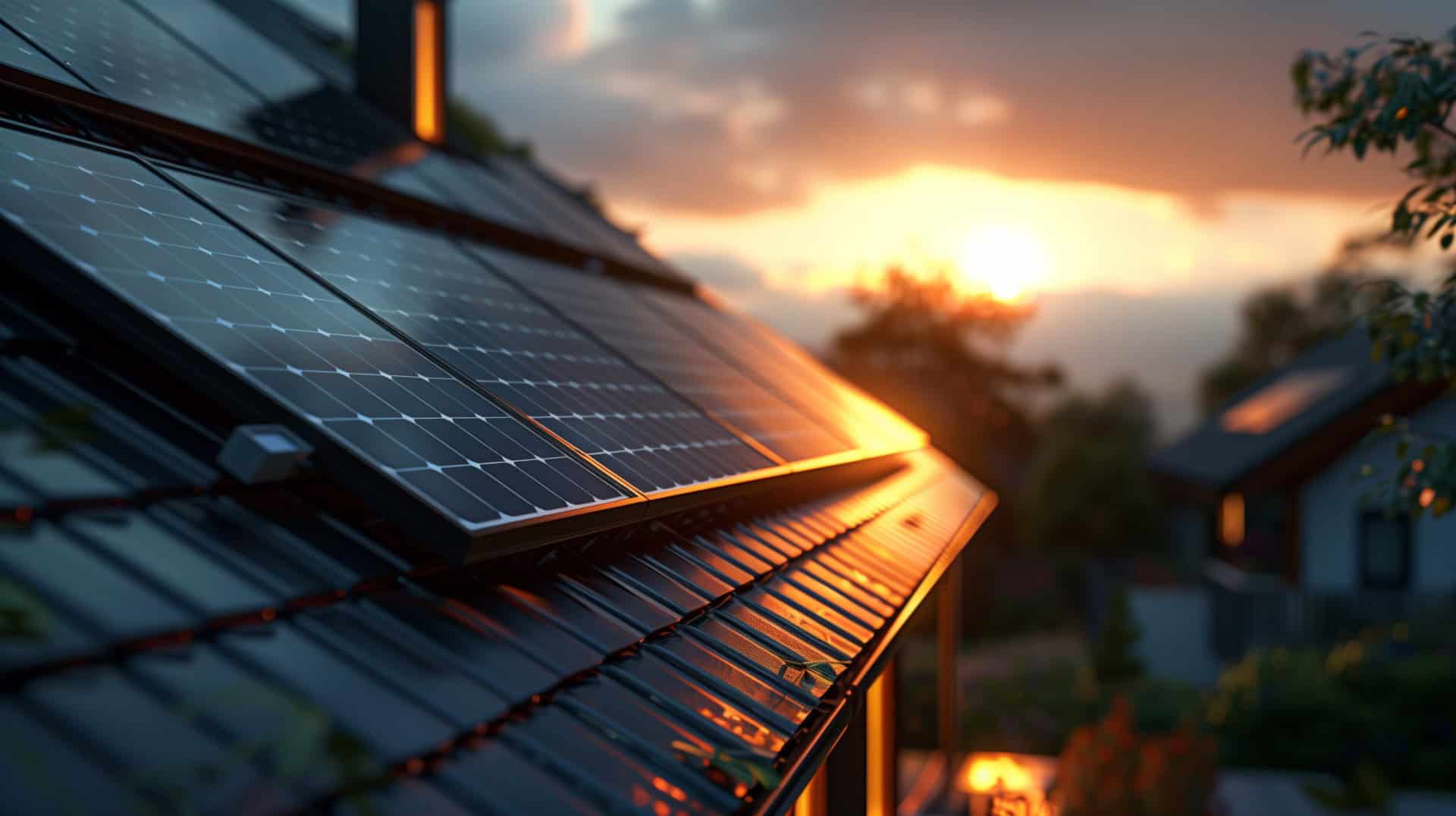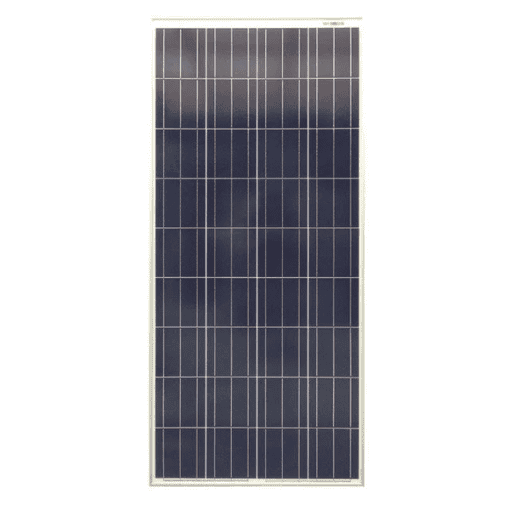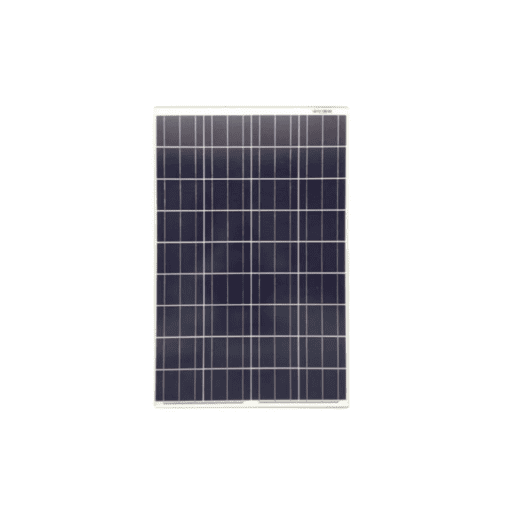
Why Install Solar Panels on Your Home?
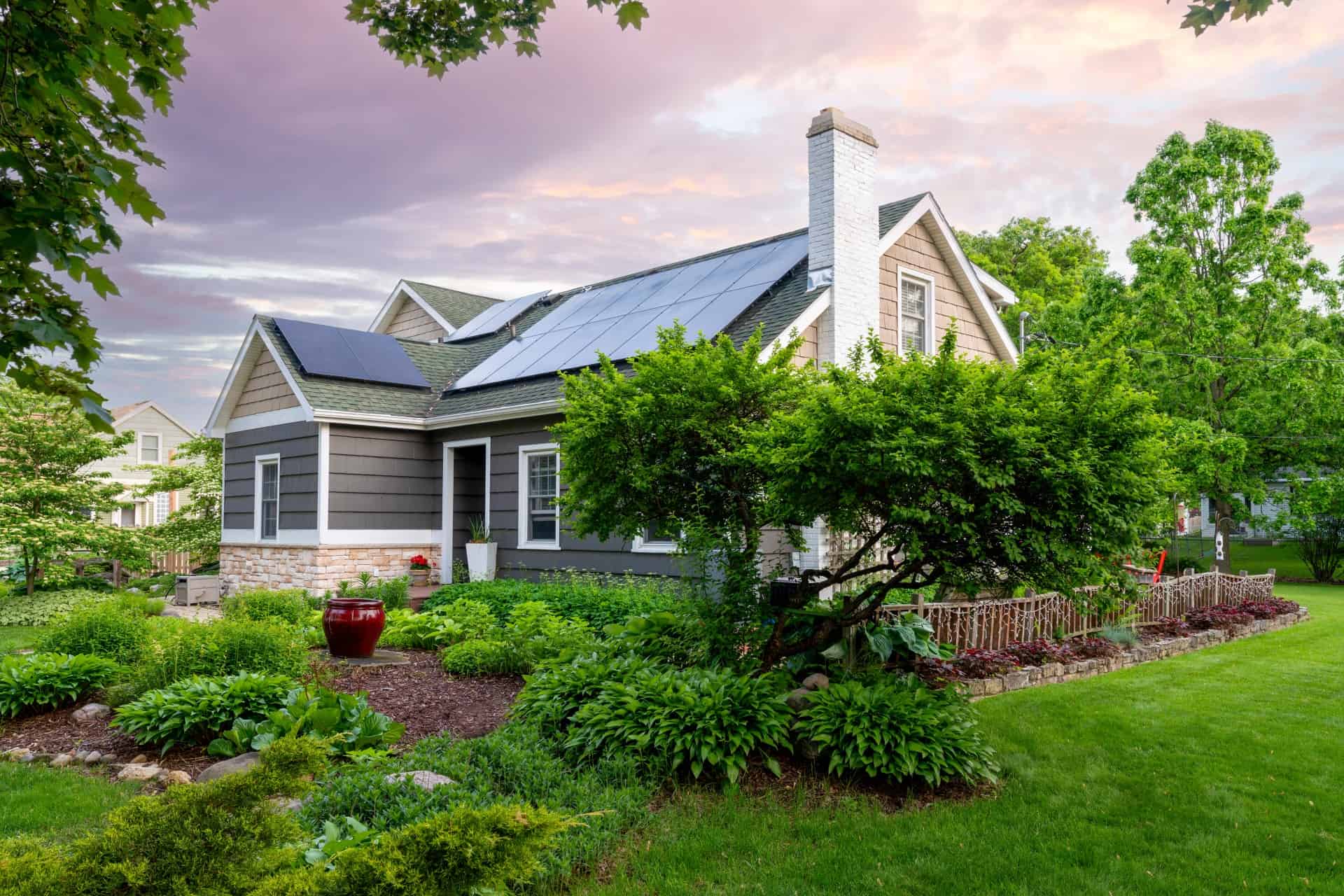
Take Advantage of Canada's Greener Homes Loan Program
-
No Upfront Costs: Pay off the solar installation gradually with the interest-free Canada Greener Homes Loan while saving on electricity bills
-
Interest-Free Financing: The program offers up to $40,000 in interest-free loans, making it easier to afford the initial cost of solar without worrying about interest payments.
-
Simplified Loan Process: The Canada Greener Homes Loan portal makes it easy for homeowners to apply and manage their loans

Save on your monthly electric bill and reduce your carbon footprint with grid-tied solar
-
Save Money: Produce your own electricity and lower the amount of power you need to buy from the electric utility
-
Net Metering: Extra electricity from your solar panels can go back to the grid, earning you credits on your utility bill
-
Lowering Your Carbon Footprint: Solar power is an inexpensive, clean and renewable energy source that does not produce greenhouse gas emissions
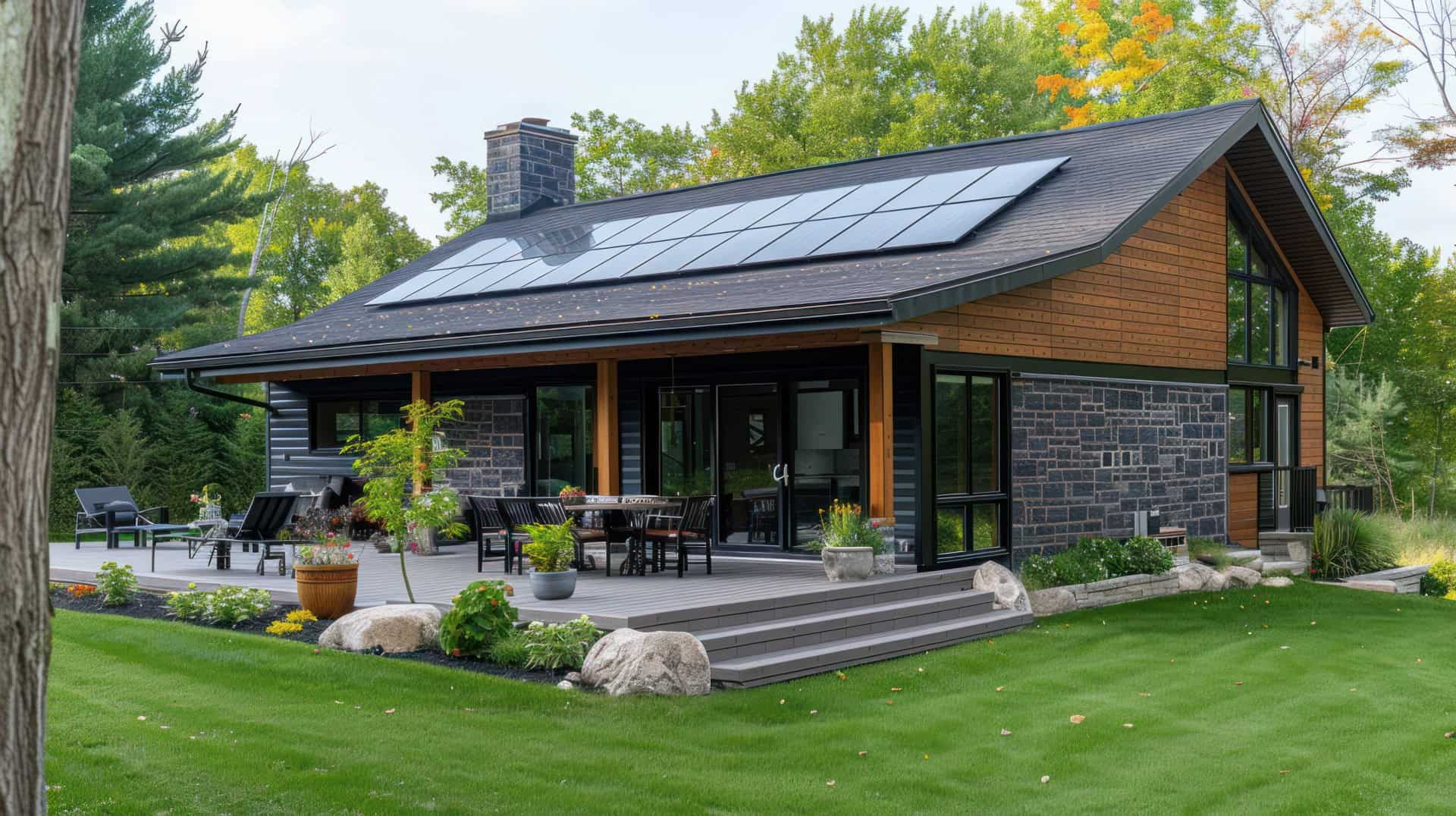
Energy Independence with Off-Grid Solar
-
Independence: Off-grid systems let homeowners produce their own electricity, making them independent from the utility grid
-
Reliable Solar Power: Solar panels and battery storage are built to last and have long lifespans.
-
Easy to expand: Solar systems can be easily extended by adding more panels or batteries as your energy needs increase.
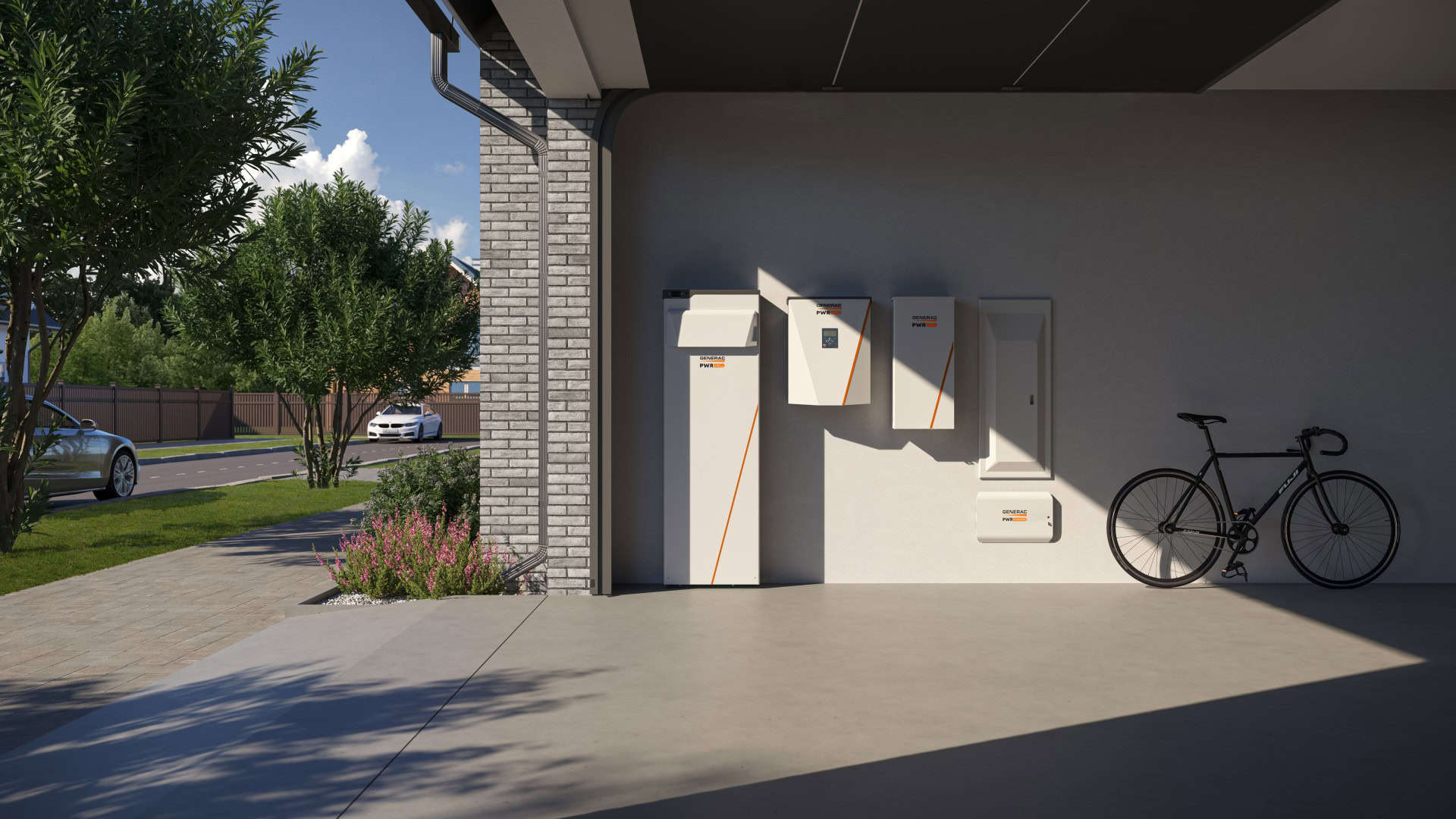
Save More with EV Chargers and Batteries
-
Lower Your Bills: Capture your solar with a battery system and charge your EV to reduce or eliminate electricity bills.
-
Home battery EV charging: Use a battery storage system to store excess solar energy during the day and charge your EV at night.
-
Increase Home Value: Homes in Canada with solar panels, EV charging stations, and battery storage systems are increasingly sought after, boosting your property’s market value.

Take Advantage of Canada's Greener Homes Loan Program
-
No Upfront Costs: Pay off the solar installation gradually with the interest-free Canada Greener Homes Loan while saving on electricity bills
-
Interest-Free Financing: The program offers up to $40,000 in interest-free loans, making it easier to afford the initial cost of solar without worrying about interest payments.
-
Simplified Loan Process: The Canada Greener Homes Loan portal makes it easy for homeowners to apply and manage their loans
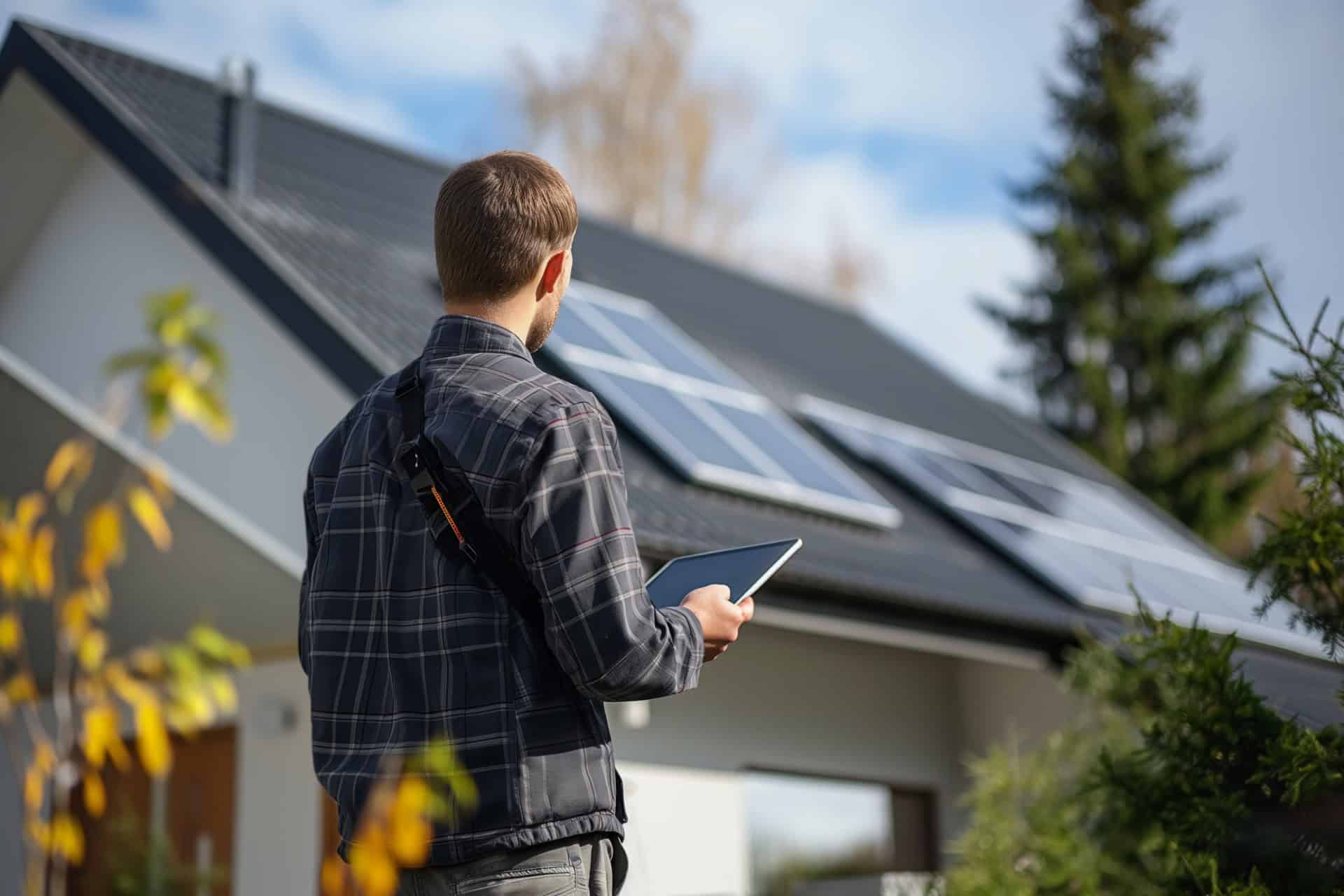
Comprehensive Solar Assessment and Installation in Canada
Switching to solar in Canada has never been easier! From the initial assessment to the final installation, our dedicated Kizuna team is here to support you every step of the way.
We begin with a comprehensive assessment, gathering all the essential details to design a customized solar system tailored to your specific property and energy needs, ensuring optimal performance in the Canadian environment.
Our team provides residential solar solutions, and off-grid design consultations across Canada. For off-grid inquiries outside of these provinces, please contact us.
Knowledge Centre
Cutting the cord to the gas station with a home EV charger
Buying an electric vehicle? When installing an EV charger, solar should be considered as part of the solution.
The Importance of Grid-Tied Solar in Canada
Unlock the Canada Greener Homes Loan with Kizuna
Frequently Asked Questions
Several factors, like your home’s location, roof angle, and the amount of shade it gets, determine if your house is a good fit for solar. We will use the details you provide during the solar assessment to create a custom analysis and see if solar works for your home.
Every home is different, so the number of solar panels needed depends on a few factors:
- how much power you use
- your local climate
- the amount of direct sunlight your roof gets, including shading and roof direction.
We will use the details you provide during our solar assessment to create a custom design for your home solar system.
Net metering and battery storage help you use solar power at night when your panels aren’t generating electricity. With net metering, you send extra electricity produced during the day back to the grid and earn credits. You can use these credits to offset your electricity use at night.
Battery storage lets you store the extra energy your solar panels produce during the day and use it later when the sun isn’t shining. Both options reduce your reliance on the grid and help ensure you are covered day and night.
Solar systems automatically turn off during a power outage to protect utility workers working on power lines. This means the solar system won’t provide power to your house during an outage.
Once the utility restores power to the grid, the system will turn back on by itself. However, if your home solar system has battery storage, you can use stored energy as backup electricity during an outage.
Yes, shade can reduce your solar energy output. When trees or obstacles shade solar panels, they block sunlight and reduce energy production.
We design your system to consider shading, but it’s best to regularly trim trees to minimize the amount of shade on the panels.
Yes, your solar system will generate power for your home all year, but the amount of power it produces will change with the seasons.
Solar production is usually highest in the summer because of long days and plenty of sunshine. In the winter, production drops due to shorter days.
We design our solar systems to account for all four seasons, and we factor this seasonal change into your solar production estimate.
Solar panels for homes in Canada require little to no maintenance. Modern solar panels are durable and built to handle weather like rain, sleet, hail, snow, and strong winds.
In snowy areas, you might need to clear off heavy snow using room temperature water, but light snow usually slides off if the panels are tilted. Dusty areas may need occasional cleaning, but in Canada, where dust is minimal, cleaning is rarely needed.
Microinverters are better than string inverters because they allow each solar panel to work independently. This means if one panel is shaded or not working well, it won’t affect the others.
Microinverters also provide better monitoring for each panel and are safer because they convert DC to AC power right at the panel. Additionally, they make it easy to expand your solar system in the future without changing the entire setup. You can find our microinverters in our online shop.

